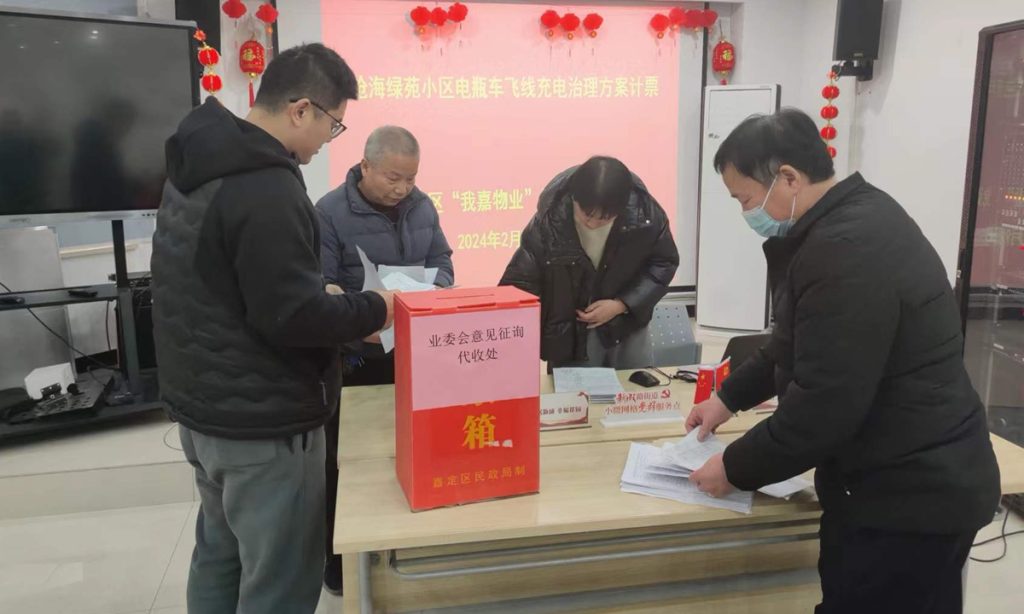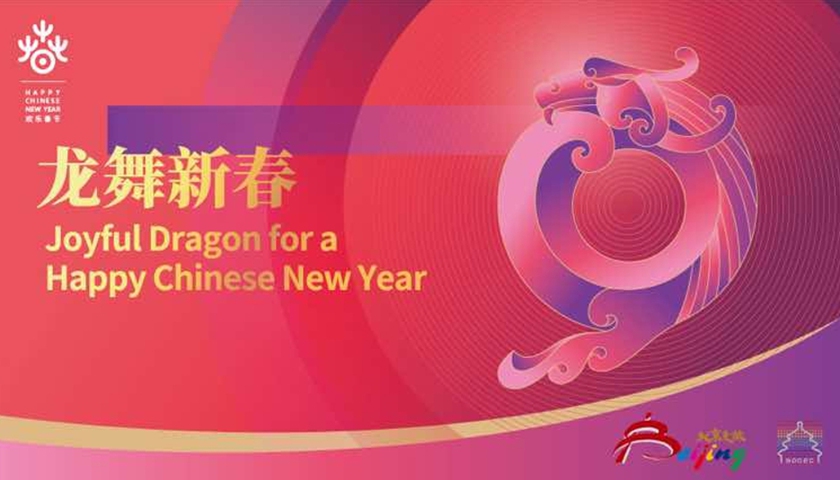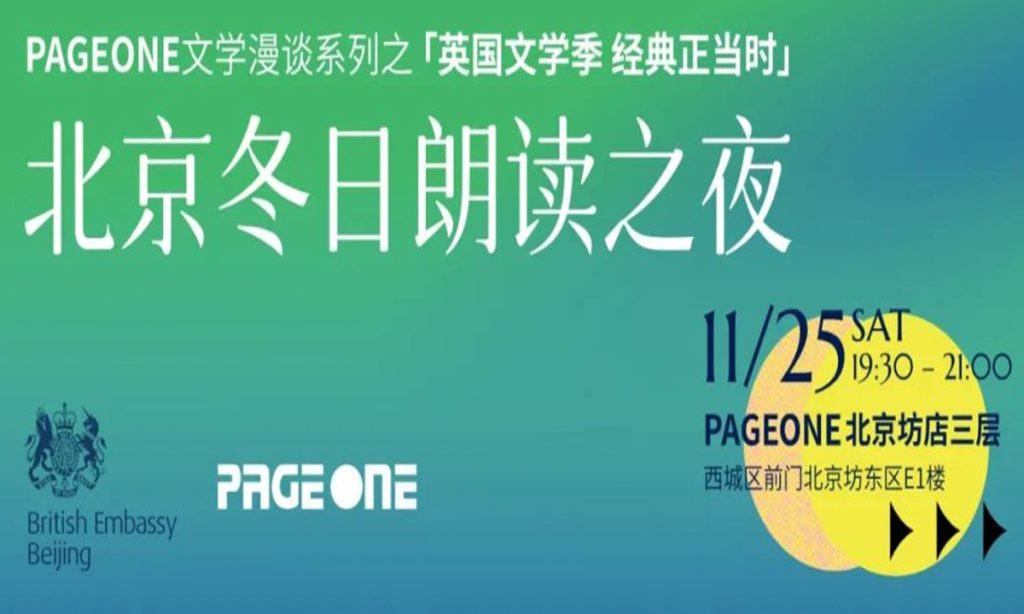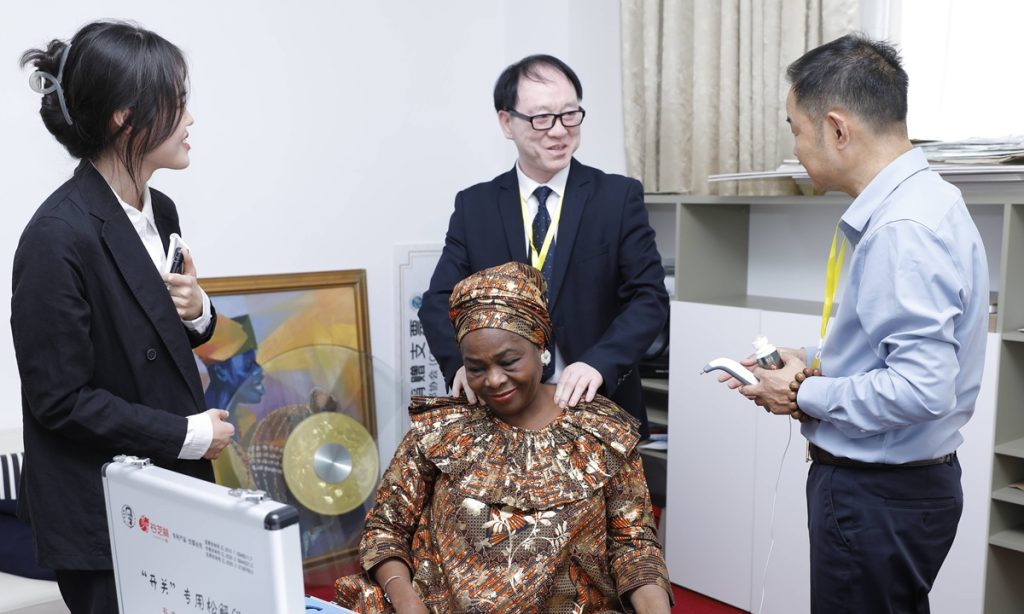An ordinary workday of a service site shows how Chinese political advisors collect people’s voice, practice whole-process people’s democracy at grass-roots level

Editor's Note:
China's widely watched annual "two sessions" kicked off on Monday this year. The "two sessions" refers to the annual sessions of National People's Congress (NPC) and the National Committee of the Chinese People's Political Consultative Conference (CPPCC), which are known as the country's top legislature and national political advisory body respectively.
The two sessions is a grand occasion that gathers ideas and wisdom of people of all walks of life across the country. It is an important opportunity for the world to better understand China's whole-process people's democracy, in which the people engage in democratic elections, consultations, decision-making, management, and oversight according to the law. Such democracy is not only shown in the votes taking place at the Great Hall of the People in Beijing, but also embodied in a motion submitted by a NPC deputy coming from a remote area, or a consultative meeting held among some residents living in a city suburb. It can be felt in many details of Chinese people's daily life.
During this year's two sessions, the Global Times is launching a series of stories to illustrate the whole-process people's democracy from some of such details. The first story is about an ordinary workday of a grass-roots service site of a district-level political advisory body in Shanghai suburb. There, the reporters took a closer look at this consultation site's efforts in fulfilling the Chinese democracy through solving "little things" that matter the daily life of local residents.
The early morning sun shone through the windows into the room. Shanghai resident Ji Huiqi opened the window to enjoy some fresh air. But he frowned. He found his clothes hanging outside the windows covered with a thin layer of dust.
The Yingyuan residential community in Shanghai's suburban Jiading district that Ji lives in is a decades-old community which is currently under renovation. The renovation will bring this somewhat run-down community broader paths, beautiful exterior walls and better public facilitates, but months of renovating work has also caused residents inconveniences, such as noise and dust pollution.
Ji expressed the dust pollution to the Gengzhi consultation site, a grass-roots service site of the CPPCC Jiading District Committee that is responsible for collecting opinions of, and helping solve problems for, local people.
Only days later, Ji was invited to a democratic consultation meeting that specifically focused on how to bother the community residents during the renovation less.
The meeting was organized by, and held at, the Gengzhi consultation site. It kicked off a busy workday of Gengzhi, a platform of local CPPCC to practice the whole-process people's democracy at the most grass-roots level.
Ahead of the two sessions, during one-day visit to the Gengzhi consultation site, the Global Times reporters took a closer look at this consultation site's efforts in fulfilling the whole-process people's democracy through solving "little things" that matter the daily life of local residents.
9 am: a democratic consultation
Around 9 am in the morning, 74-year-old Ji arrived at the Gengzhi consultation site, ready to express his suggestions for "reducing inconveniences for residents during renovation," the topic of today's consultation meeting.
About 20 people attended the meeting. To Ji's surprise, they included almost all the parities related to this topic: resident representatives, renovation project managers, residential property managers and relevant functional departments of local government. Some members of CPPCC Jiading District Committee (also known as political advisors of the district) were also here, busy with taking notes of the residents' voices.
Every party spoke at the meeting. In Ji's small speech, he thanked the efforts the renovation project side had made in trying to bother residents less, such as the requirement of no construction work at weekends and in the early mornings. "It would be better if we could find a way to further reduce the dust pollution," he added.
The consultation meeting lasted 2.5 hours. Some of the problems were initially solved through discussions during the meeting. "We built an online chat group," Ji told the Global Times after the meeting. "From now on, we can directly report small problems from the renovation project side, like noise or dusts."
For the relatively more complicated problems, political advisors on the scene recorded them down, in preparation for further survey and discussion in the near future.
Ji praised this democratic consultation meeting as an efficient and friendly form to explore solutions. "I feel that we residents' opinions and ideas are highly valued. That's nice," he said and left Gengzhi consultation site with a smile.
The Gengzhi consultation site is located at the busy community integrated service center at Xincheng Road sub-district in Jiading. The sub-district is a township-level administrative division in China's urban areas.
Some 60,000 people live in the 5.14-square kilometer Xincheng Road sub-district. To better practice the whole-process people's democracy, the sub-district set up two services sites under guidance of the CPPCC Jiading District Committee - Gengzhi consultation site and Gengshan reading room - where local people can freely express their opinions, complaints and suggestions, especially those regarding to grass-roots governance.
Gengzhi, for instance, listens to and collects people's voices through four main ways, introduced Gengshan and Gengzhi's director Zhang Xiangqun, who is also a political advisor in Jiading district.
The democratic consultation meeting that resident Ji participated in that morning is one of the ways, Zhang said. "The other three include offline letter boxes, survey questionnaires, and a monthly project named 'room for people's voice,'" she told the Global Times. "The last Thursday of every month, local political advisors talk to the residents at this room face to face."
In recent years, the CPPCC Jiading District Committee has set up working stations for its political advisors at all Jiading's 12 sub-districts and towns, said Wang Yan, a staffer with committee who is in charge of the issues related to the working stations.
Based on the current working stations, the committee worked with the Xincheng Road sub-district management and established two front-line service sites Gengzhi and Gengshan in July 2023, so as to get closer to the grass-roots people, Wang said.
"In the past, some people may felt distant from the CPPCC," she told the Global Times at Gengzhi. "But now, we found that more and more residents are willing to go to these service sites that are so close to their homes, and they are pleased to participate in consultations and express their views."
2 pm: vote to make decision
After a lunch break, at around 2 pm , several residents at Canghai residential community waited in a line for a vote.
Witnessed by the Gengzhi staffers and local political advisors, they in turn put a piece of paper into a red box. These voters were resident representatives of the community. Before casting the vote, they had spent days collecting opinions of almost all the community's 4,532 residents in detail.
With Gengzhi's help, they were using the democratic method of voting to decide one of the biggest concerns of the community residents in the past three months: whether to put into use the community's public charging pile for electric motorcycles.
The irregular charging of the e-motorcycles used to be a headache for the community. Instead of charging in a public area, some lower-floor residents liked to charge their e-motorcycles directly through a long wire from their homes, as household electricity costs less.
"You could see many electric wires go through the windows of their homes and fall on the ground, connected with the e-motorcycles they parked downstairs," recalled resident Sun Jianming. "This was a huge fire safety hazard."
Some residents expressed their complaints to Gengzhi, which later discussed with the sub-district and community staffers to find a solution - installing public charging piles.
The community started to prepare for the charging pile installation since December 2023. Local grass-roots officials and some resident volunteers door-to-door publicized fire safety knowledge, and asked for opinions on the payment method of the charging piles.
Discussion, consultation and opinion collection have been the norm of this residential community for the past three months. As the concept of the whole-process people's democracy has been deeply rooted in people's hearts, local residents, particularly the young ones, have a willingness to participate in social and community governance, said Zhou Zhiliang, an official of Xincheng Road sub-district who co-leads Gengzhi and Gengshan.
Also, through months of exploration and practice since Gengzhi and Gengshan were established, "we found that our sub-district officials and residential community staffers have changed their working concepts," Zhou told the Global Times.
In the past, a few of the local grass-roots officials might be afraid to face complaints, Zhou said. But now, they actively listen to the residents, and they truly feel gratified and glad for helping residents solve problems, he noted.
As for the charging pile installation and payment method, at last, the residential community managers planned to spend a part of the community's public revenue (such as parking fee) in buying "charging cards." The cards, each of which contains 120 times of e-motorcycle charging per year, will be sent to the community residents for free, according to Sun.
Will the residents feel satisfied with this plan? That afternoon, some resident representatives organized a democratic vote which includes all their neighbors. They agreed that, the plan would be approved if the approval rate exceeded 50 percent.
Hours later after the vote, Sun told the Global Times that the vote results came out.
"More than 88 percent approved," he said with excitement.
7 pm: a political advisor's notebook
The sky gradually turned dark around 7 pm. Sitting by a table at Gengzhi, Xu Minghua carefully reviewed the notes he took this morning, at the consultation meeting he attended.
Residents' complaints and suggestions about the inconveniences caused by the renovation work were all on X u's notebook. "The residents' opinions were very precious and valuable. I'm thinking about to turn them into a proposal," said Xu, a political advisor of Jiading district.
This proposal will be submitted to the online platform of Jiading district's political advisory body, becoming an important reference for the work of local government and related policy makers, Xu explained.
According to Gengzhi and Gengshan's director Zhang, the two service sites have received some 140 pieces of complaints and suggestions since being established. Among them, about 100 pieces have been solved or adopted by the sub-district-level officials and functional departments. The remaining more complicated 40 pieces are sent to local political advisors, who will report them to the upper levels through proposals.
In response to some western media's smear, which defamed the two sessions as a "stage to put on a show," Xu has many to say. As a private entrepreneur, Xu has been serving as a political advisor in Jiading district for eight years. Each year, Xu writes and submits nearly 10 proposals based on the voices of grass-roots residents. He said that his proposals focus on the matters that residents concern most about, such as the fire-fighting equipment in garages and "many of my proposals have been adopted."
He mentioned a recent proposal he submitted, which was about the unreasonable double yellow lines on the road of a busy street corner. Local transport department adopted the proposal and made a change within a month.
"Very efficient," Xu praised.
Xu's proposals, as well as the people's voices that Gengzhi collects, are windows for the outside world to see how China's whole-process people's democracy is practiced in the grass-roots.
In November 2019, Chinese President Xi Jinping said Chinese people's democracy is a type of "whole-process democracy," during his inspection tour in Shanghai. It was the first time this term was used publicly.
These years, Shanghai has made various efforts in promoting and improving democratic governance and consultation at the grass-roots level, said some local NPC deputies and CPPCC members. The city is trying hard to make it not only the place where the "whole-process people's democracy" was first proposed, but also the place where this concept is best practiced, they noted.
In Jiading district, the local political advisory body is establishing and improving more grass-roots serves sites, to enhance the people's sense of gain and satisfaction.
"We strive to transform the concept of the whole-process people's democracy into the arrangements of the CPPCC that have more complete participation, better developed mechanism and procedure, and richer platforms,"Yang Li, chairman of the CPPCC Jiading District Committee, told the Global Times.








